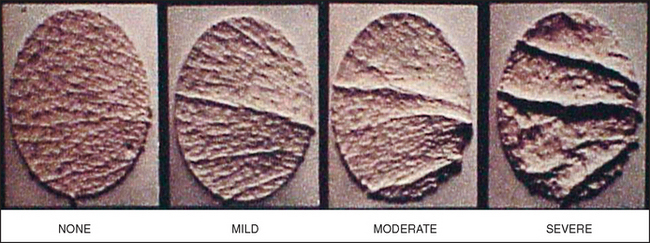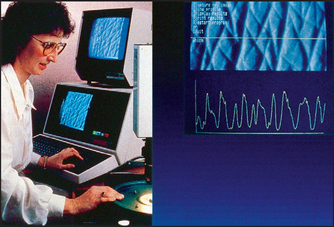Chapter 5 Evaluating Cosmeceutical Efficiency
INTRODUCTION
Box 5.1 provides an alphabetical listing of the instruments that have been used over the years to noninvasively measure cosmeceutical effects on human skin. This is a very active area of research and there are a number of methods currently being developed.
Box 5.1 Instruments that have been used to noninvasively evaluate the skin of human volunteers
Rather than discuss the various instruments in alphabetical order as they are presented in Box 5.1, a better approach is to start with those methods that measure aspects of the skin that are directly related to how the dermatologist and/or patients evaluate skin condition. That is, primarily to look with their eyes and feel with their fingers. Other instrumental techniques measure properties that cannot readily be appreciated by either visual or tactile means. These include assessments based on physiologic processes such as blood flow or transepidermal water loss rates.
INSTRUMENTAL METHODS THAT ARE RELATED TO VISUAL ASSESSMENTS
• Image analysis
One of the more popular claims currently being made for most cosmeceuticals is that they are ‘antiaging and help restore a more youthful skin’, or words to that effect. One highly desirable outcome of such a treatment would be to reduce the appearance of facial wrinkles, such as those in the crow’s feet region. Although such changes can be documented by standardized clinical photographs, it is more desirable to cast a replica of the skin surface by using a silicone rubber impression material, such as Silflo. Figure 5.1 shows representative specimens obtained from individuals with varying degrees of photodamage; the differences in wrinkle depth are readily appreciated. However, by using optical profilometry one can objectively measure changes in skin surface topography due to effective cosmeceutical treatments. This technique involves computer imaging techniques in which a digitized image is taken of the replica that is illuminated from a fixed low angle. This causes various surface features to be highlighted or shadowed in such a way that a graphic representation of the surface topography can be generated and subsequently analyzed for wrinkling, roughness, and other textural features (Fig. 5.2).

Fig. 5.1 Representative skin specimens obtained from individuals with varying degrees of photodamage
This is but one example of how computerized image analysis can be used to objectively extract quantitative information from images. Box 5.2 provides a listing of some of the more common applications of image analysis that have been used to study skin structure and function. The basic rule seems to be that anything that can be seen by the unaided eye can easily be measured. Moreover, by using specialized lighting techniques such as Wood’s lamp illumination, things that cannot be directly visualized can be detected and measured in the specially created images.











